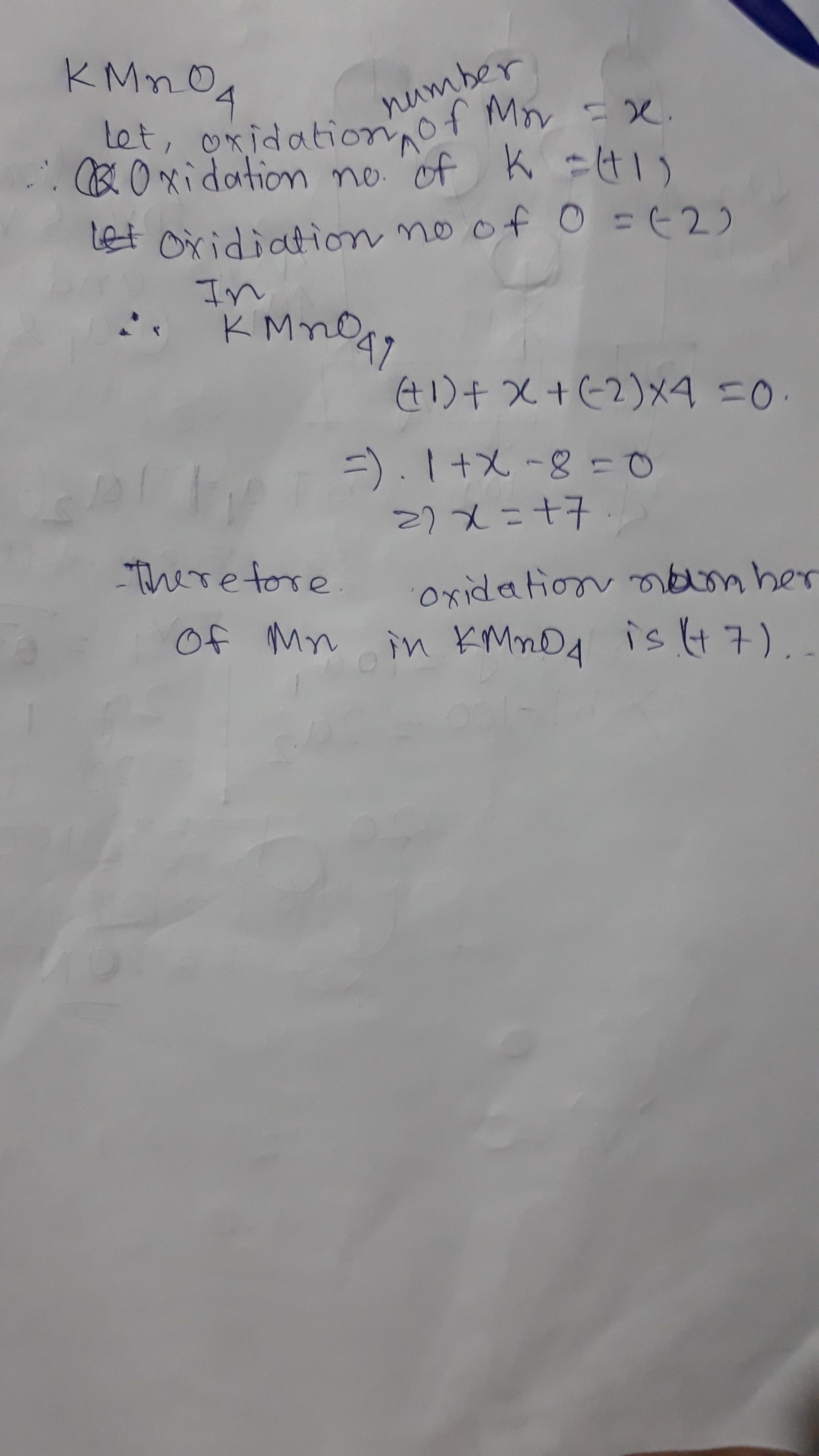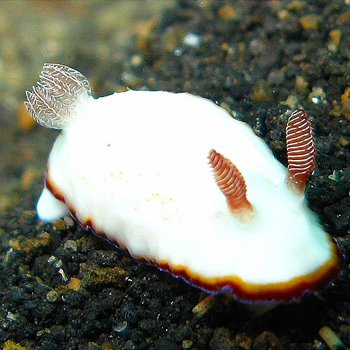What is the oxidation number of the metal in #MnO_4^(-)#, and how do we represent its reduction to #Mn^(2+)#?
3 Answers
See below.
Explanation:

The oxidation number of
Explanation:
This is formally a five electron reduction, and it is a useful one that while
Mass and charge are balanced, as required..........
The oxidation number of
Explanation:
Manganese
First, let's start with what we know. You want to see what elements have a definitive (single) charge. In this case, potassium
Second, look at the charge of the overall compound. If it is charged, you should see a
Third, set up your equation. On one side, you will have the elements with their charges. On the other side, you will have the overall charge. In this case, the equation is
Where I have the element symbols is where you will put how many of that element there are in the compound. I use
Last, solve for the element in question. In this case,
For




